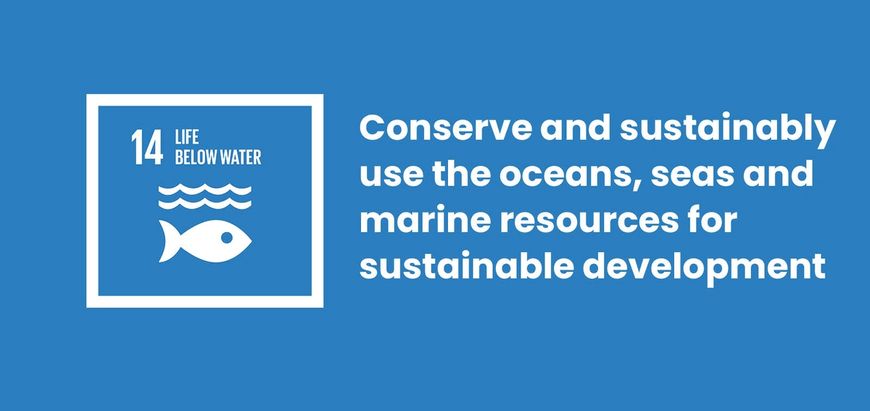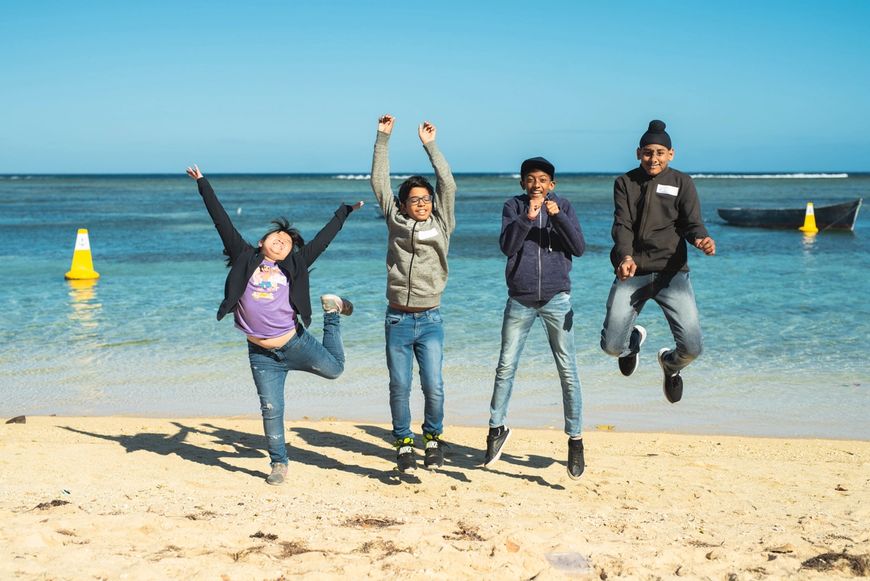Introduction to Goal 14 - Life Below Water
Use this guide to introduce Global Goal 14, Life Below Water to your students.

What is Global Goal 14: Life Below Water?
Sustainable Development Goal 14: Life Below Water is one of the 17 Sustainable Development Goals established by the United Nations in 2015. You can find out more about the Goals in our introductory guide. Healthy oceans and seas are essential to our existence. They cover 70 percent of our planet and we rely on them for food, energy and water. Yet, we have done tremendous damage to these precious resources.
Goal 14 includes targets to:
- Reduce marine pollution
- Control illegal fishing, overfishing, and other destructive fishing practices through laws
- Minimize and address the impacts of ocean acidification
- Conserve at least 10% of coastal and marine areas
Активности
Below are some ideas to help bring Goal 14 to life for your students. Активности су индивидуалне или представљају низ активностиву оквиру једне лекције.
Activity 1: Thinking about our oceans
In this activity, students will reflect on what they know about oceans and the threats they face.
Дужина трајања - 10 минута
Watch the video below with your students.
After you’ve watched, discuss:
- How do you feel about oceans?
- Did you learn anything new about the problems they are facing?
- Does any of it relate to your own lives?

Activity 2: Our impact on oceans
In this activity, students will create a mind map to explore the issues facing our oceans.
Дужина трајања - 15 минута
- In small groups, ask students to list as many problems facing our oceans that they can think of.
- Answers could relate to: Pollution e.g. sewage, chemicals and plastic; Warmer water; Acidity increasing due to carbon emissions; Overfishing; Damage to sea life; Coral bleaching; Ecosystem breakdown.
- Now it’s time to make a mind map - a diagram used to visually organise information.
- Write down all of the problems onto sticky notes and group together the problems which are linked on a board or large piece of paper.
- Write down the effects of these problems, to your own community and around the world, on to sticky notes and add them to the mind map. Also think about the causes.
- Now introduce Global Goal 14: Life Under Water using the definition above. Your mind map should represent the issues related to that Goal. Have you missed any?

Activity 3: Why oceans matter
In this writing activity students will be encouraged to think about how humans suffer when we damage life below water.
Length - 25 mins
Увод
Увод
Writing the journal
Writing the journal
Reflection
Reflection

The activities are created by World's Largest Lesson